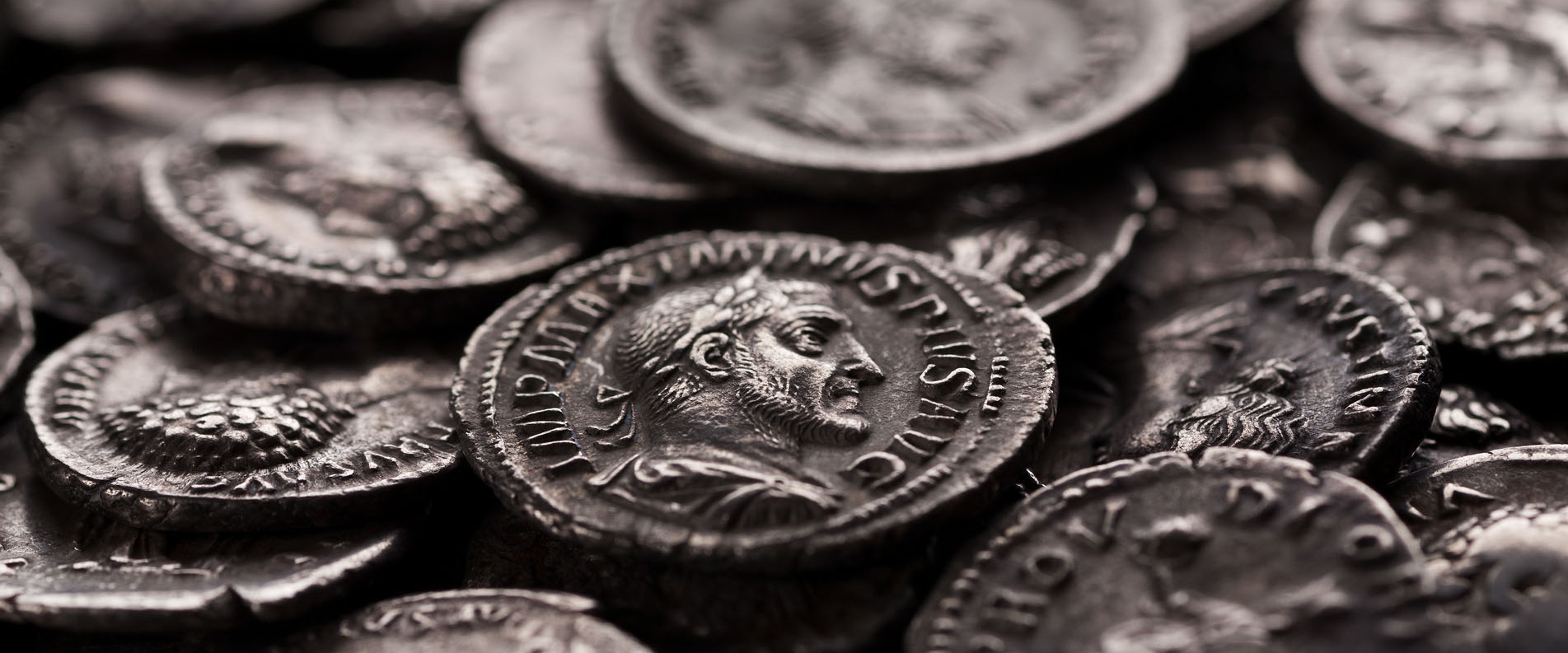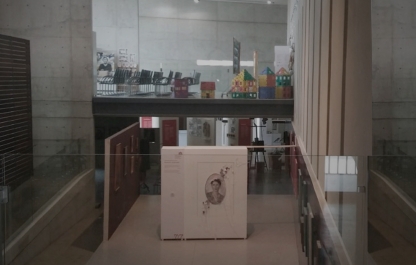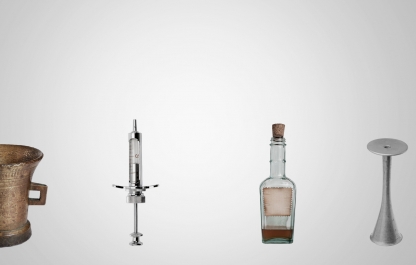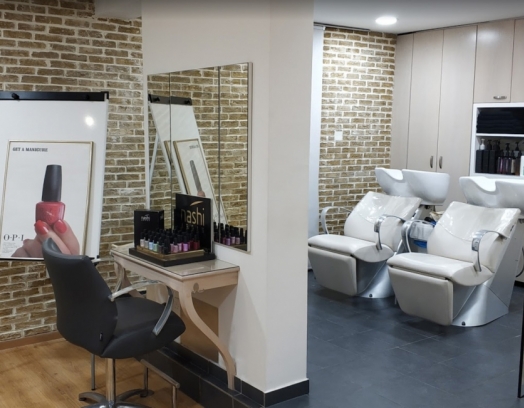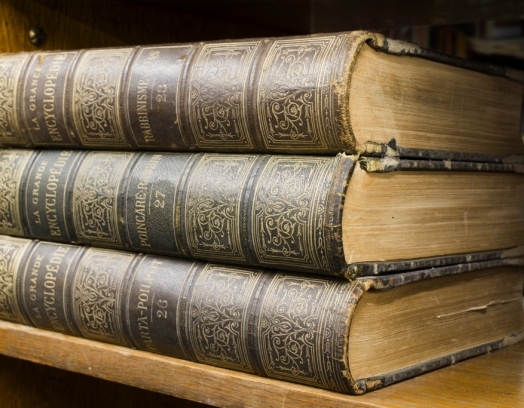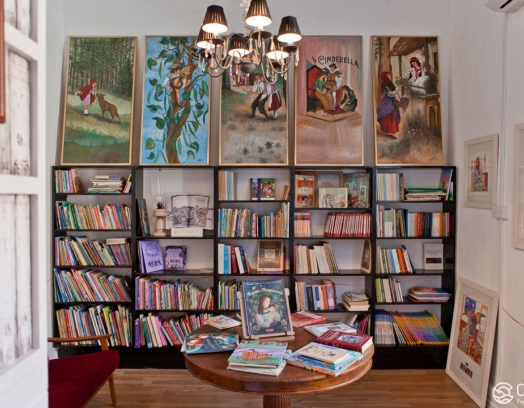The ancient Greeks accredited the invention of coins to heroes in myths, while the Romans considered this to be the work of their gods, Janus and Saturn (they believed that the earliest coins had been created by Janus in honour of the god of time, who had come to Italy from the island of Crete by ship). Mainly through the images and inscriptions on them, but also due to their denominational value and weight, coins are a reflection of the age in which they were created and when they were in circulation. Each individual coin has a deep history, one which reveals secrets and images of the past not only to the modern researcher, but to anyone with an inquisitive mind.
The museum was built in 1995 and to this day remains the only one of its kind in Cyprus. A large part of the Foundation’s Numismatic collection is permanently on display and reflects the tumultuous history of the island, beginning with the minting of the first coins here in 6 BC and continuing right through to the present day.
The collection was established even earlier: it began with the creation of the Bank’s Cultural Foundation in 1984, when the Bank of Cyprus transferred some works of art, rare documents and antique relics into the Foundation’s assembly, alongside a small number of Cypriot coins, mainly from the Medieval age. These coins became the basis of the collection, which over time turned into a significant museum piece, encompassing a wide array of Cypriot units of currency, created in each historical age.
An interesting point: A bronze coin from the Roman period, gifted to the Bank by a Council member of the group of directors, has been part of the collection since it first began. This coin has the logo “ΚΟΙΝΟ(Ν) ΚΥΠΡΙΩΝ” (The League of Cypriots) engraved on it, which was a symbol of unity amongst the island folk. Since 1963, the coin itself has been the official logo for the Bank of Cyprus.
The exhibit (which houses more than 500 coins in 23 display cases) was not only constructed according to the chronology of the coins and split into 9 periods, but a territorial method was also incorporated here. The two principles are undoubtedly interlinked: different ages in Cyprus witnessed the rise of various town-states — their numismatics are represented in separate display cases with reference to the place in which these treasures were discovered. Each case features a short introductory text, with the addition of appropriate illustrative material. In order to emphasise their significance, coins with the greatest importance to each historical period are represented on an enlarged scale. Each exhibition piece has a short description noting its size and weight and features images of both the obverse (front) and reverse sides.
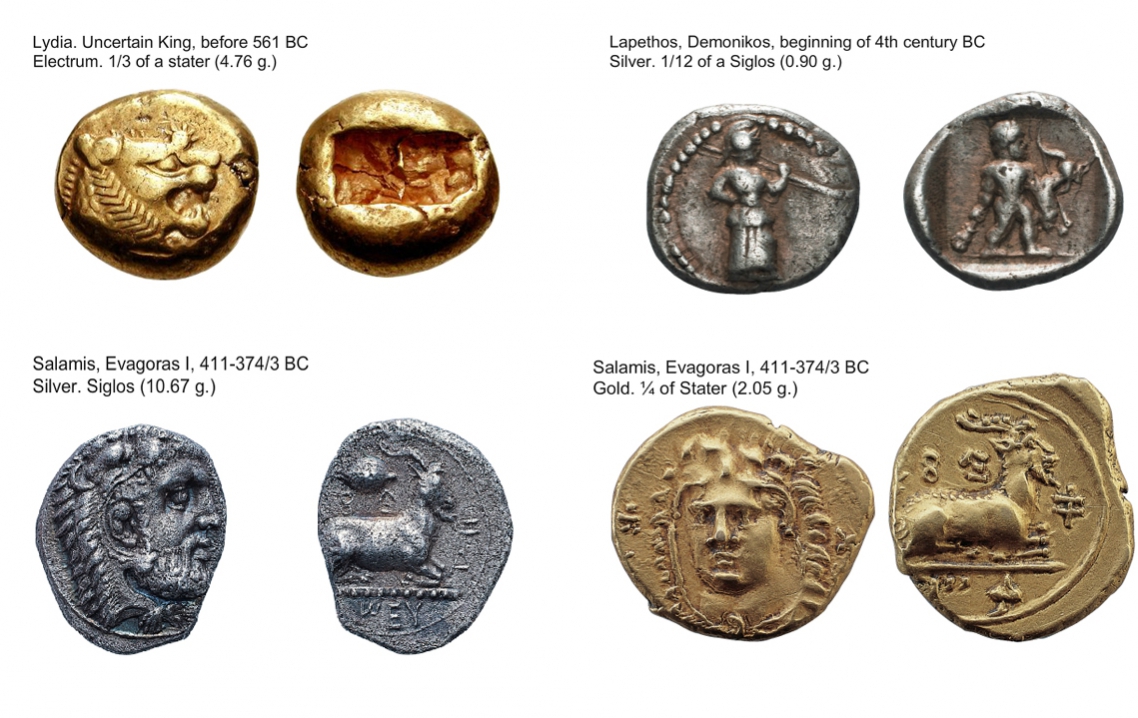
A Summary of Numismatics and Coin Minting
Numismatics (from the latin word «numismatis» — «coin», and in turn from the ancient greek «nomisma - nomismatos» meaning an established custom, generally accepted order; and again — «coin») is an auxiliary historical discipline studying the history of minting (coin making) and monetary circulation. Its social functions include wide recognition of numismatic cultural monuments and the study of characteristic facts, links and processes, which contribute to a deeper understanding of the history of numismatics and allow for gaps in knowledge to be filled.
Coins, as we know, are a unit of currency manufactured from various metals which all possess different shapes, weights and values.
It is widely known (according to Herodot of Halicarnassus, an ancient greek historian), that the first coins appeared in Lydia — a kingdom of Asia Minor which existed around 685 BC., under the reign of King Ardys. They were made from electrum — an alloy of silver and gold. But what exactly did they look like? A standard mark was pictured on one side, while the other featured the head of the Assyrian lion. The Lydian king Croesus (561-546 BC) ruled that all coins would have a standard level of metal purity (98% gold and silver) and that the royal seal (the head of a lion and bull) would be stamped onto the face of each coin, which «provided a guarantee» of the coin’s quality.
Several decades later, coins had started to be made in the Greek city of Aegina. They were already being minted from silver and differed in shape to their Lydian counterparts. Coins from Lydia and Aegina quickly spread across the whole of Greece, to its colonies and further onwards to Iran. They then appeared amongst the Romans and many barbarians. The appearance of coins in ancient India (referenced in 5-4 BC Indian literature as being made from silver leaf) and ancient China (made from non-ferrous metal casts) was only mentioned indirectly.
Historians link the rapid distribution of coins with the convenience and ease in which they could be exchanged. Nevertheless, there were well-known periods in other countries where the use of coins ceased for various reasons.
An interest in coins, in addition to studying and collecting them, emerged again in the Renaissance era. The Italian poet Petrarch was a fond admirer of antique coins. By the middle of the 16th century, there were already 950 coin cabinets in Europe and in 1738 the first lecture on coins was given at the University of Halle by I.G. Schulze.
As a science, numismatics was only formed in the 19th century. For example, H. Grote (A German Numismatist, heraldist and writer) was an initial contributor to the transformation of numismatics into a social historical science.
Back to Cyprus. Thanks to its beneficial location on the map, the island quickly found itself included in intensive economic processes in the region of the eastern Mediterranean. Numerous invaders and rulers (Assyrians, Egyptians, Persians, Romans, the French, Venetians, Turks and Brits) strived to use the island as a centre for trade with other countries.
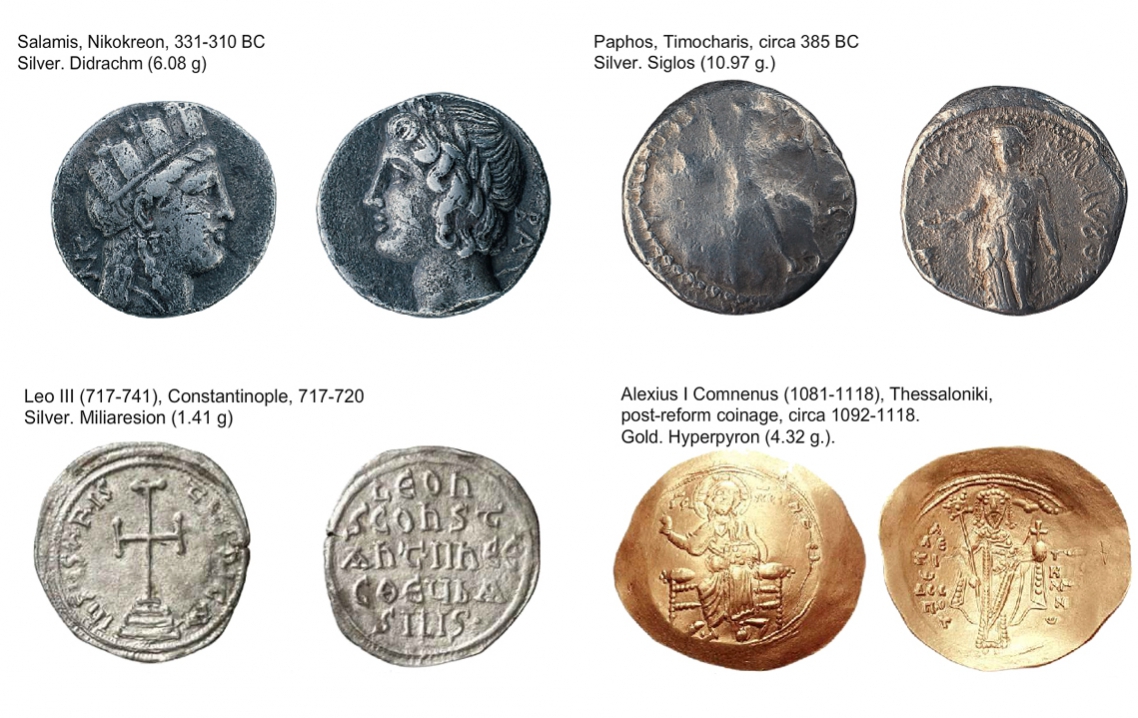
During the period when Cyprus belonged to the Persians, Persian silver coins were minted on the island. In 6 BC the Cypriots began to mint their own coins: this confirms that coins of a Cypriot origin were present in ancient treasure troves discovered in Egypt and the Middle East. King Evelthon of Salamis (560-25 BCE), having achieved political economic independence, started to mint his own coins at the end of the 6th century BC. Another King, Evagoras I (411-373 BC), became the first to mint money from gold: Heracles was pictured on them, in addition to inscriptions in Greek and the Cypriot dialect. His own money was minted and used in trade with neighbours and the other kingdoms of Cyprus: in Paphos, Kition, Amathus, Marion, Soli, Lapithos, Tamassos, Kourion and Idalion. In this respect, the ancient states of Cyprus were far ahead of Phoenicia and Cilicia.
Having allied with Alexander of Macedon, the Cypriot kings rarely made their own money, as the local mints were under the control of King Alexander’s governors and thus were making his coins. Cyprus later fell under the reign of Ptolemy I, whose monetary system complied with a new policy: for the production of foreign coins metal from local mines would be used. On the obverse side of one of the Museum’s exhibits, Ptolemy I is depicted, while on the reverse, there is an image of an eagle with Zeus’ lightning bolt. In the time of the Roman Empire, the island turned into a Roman province, subsequently accepting its monetary system. As a matter of fact, the aforementioned «League of Cypriots», which is undoubtedly of great interest to specialists, belonged to this period.

330 AD — the beginning of the Byzantine period in Cyprus. Money such as the Byzantium (solidus) and denarius, which were in circulation on the island at this time, had originated from the mints of Constantinople and other cities, with the exception of those coins made in Cyprus in the 7th century.
In 1191 the English king Richard the Lion-heart invaded the island and later sold it, initially to the order of the Knight’s Templar and then to the French knight and overthrown King of Jerusalem, Guido de Lusignan, who founded the dynasty which ruled over the island for several centuries. In this period (from Isaac Comnenus to the Lusignans, 1092-1284) coins were minted in a convex shape. Under Henry II (1284-1324) a new silver coin appeared — the gross. It was destined to unite the local monetary system with that used in Europe, remaining as the official denomination of the Cypriot kingdom right until the reign of the Lusignan dynasty came to an end. In the display case you can see triangular shaped coins with the emblem of the Knights of the Crusades (crosses, allegorical figures etc.) The minting of coins was administered under royal power, which only permitted the circulation of Cypriot units of currency throughout the country. Archaeologists have discovered deposits of money, which provide evidence to support this claim. When foreign money appeared on the island, and this happened very often, it was transferred to a mint, where it would then be melted down and refined into the local «currency».

Under Pierre I (1359-69), an internal and external policy was instated, which was reflected in the symbol — an unsheathed sword — engraved on the coins minted during the years of his reign. The last units of currency issued in the Lusignan kingdom (1474-78) are attributed to the reign of Catherine Cornaro (as we can see in the Museum’s exposition: these were predominantly lead coins with the reappearance of «some gold». Cornaro later forcibly transferred control of the island to Venice. Due to the threat of an attack on Cyprus from the Ottoman Empire, the Venetians (1479-1571) hurriedly began to fortify the entire island. The necessity for serious capital investments (the units of currency which were in circulation on the island in those years had been minted in Venice) led to a breakdown in the economy and trading.
With the arrival of the Turks, a new monetary system was introduced: now denominations began to be delivered from Istanbul. The subsequent new «reform» was linked with the beginning of British rule in Cyprus (1878-1960): by a special royal decree, all future units of currency were to be confiscated. In 1879, the first English bronze grosses appeared, and later in 1901 silver coins were released with the image of Queen Victoria on them. In 1955, grosses and shillings were removed from circulation and were replaced with the mil; in addition, bank notes began to be produced.

In 1960 Cyprus gained independence, however its first units of currency appeared only in 1963. They had the same value as those units in the UK, but with their own emblem engraved on the coins.
The Pound and Euro
The Cypriot Pound was the national currency of Cyprus (1879-2007). From 1974, it was only in circulation on the southern part of the island (The Republic of Cyprus, while in the North it had been replaced with the Turkish Lira. The transfer to the Euro happened on the 1st January 2008 (the fixed exchange rate was 0.58 Cypriot pounds to 1 Euro). After the 2013 banking crisis, the island’s population has increasingly begun to advocate a return to the Pound.
The national side of the Cypriot euro exists in three forms: on the lowest denominations (from 1 to 5 cents) there is an image of a mouflon; on higher denominations (10-40 eurocents) the Kyrenia ship is depicted, while coins worth 1 and 2 Euros feature the Idol of Pomos. The 12 stars of the EU, the name of the country in Greek and Turkish and the year of issue are also present on the national side of each Euro coin. In 2007, the Cypriot and American artists Tatyana Soteropoulos and Erik Maell were both chosen by the Bank of Cyprus to design the coins.
Cyprus issued two commemorative 2 Euro coins. They are dedicated to the 10th anniversary of the Economic and Monetary union (in 2009) and the 10th anniversary of the Euro being in circulation (in 2012). The Republic of Cyprus also produced 6 collectors coins in denominations of 5 and 20 euros, 4 of which were made of silver and 2 of gold.
This information is available in the Coin Collectors issue by the Central Bank of Cyprus (the central horizontal display case).
It is worth noting that since the Museum was created, the Cultural foundation has organised special educational programmes largely aimed at children and young audiences, albeit which are just as interesting to anyone with a thirst for knowledge.
For example, a touch screen in the museum offers visitors access to interactive multimedia applications. On the Museum’s website, having entered the following link: www.boccf.org, one can go on an interesting, insightful and virtual excursion into the past «From the Electrum to the Euro. A Journey through the History of Coins» (in Greek and English).
Address: Faneromenis 86-90, The Cultural Foundation building of The Bank of Cyprus.
Free Entry
Open all year around, daily from 10-19 with the exception of government holidays.
Contacts: +357 22128157
For more information, please use the following link: www.boccf.org.
Until next time!


